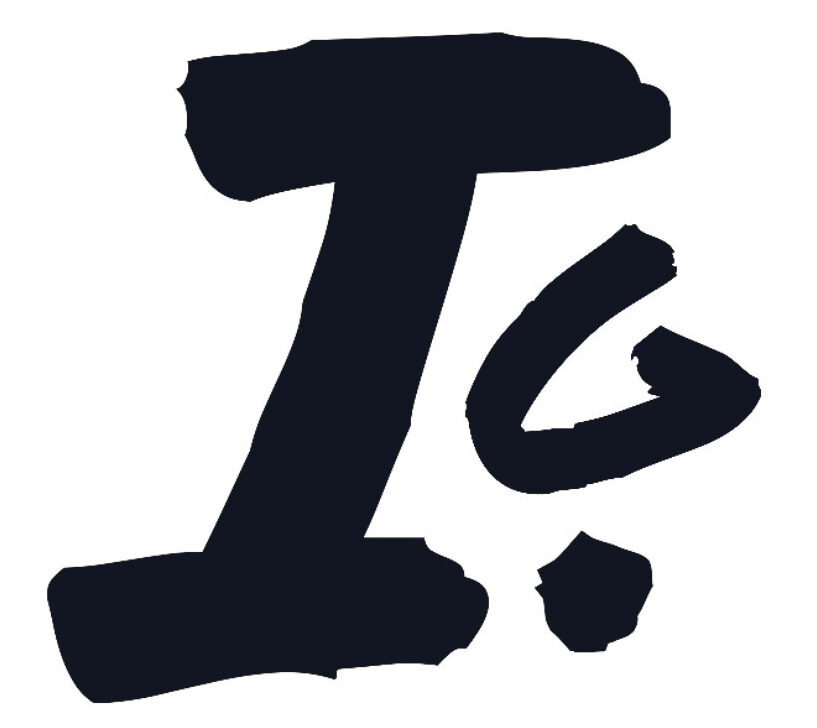Then and Now – Editorial design 🖥🕰
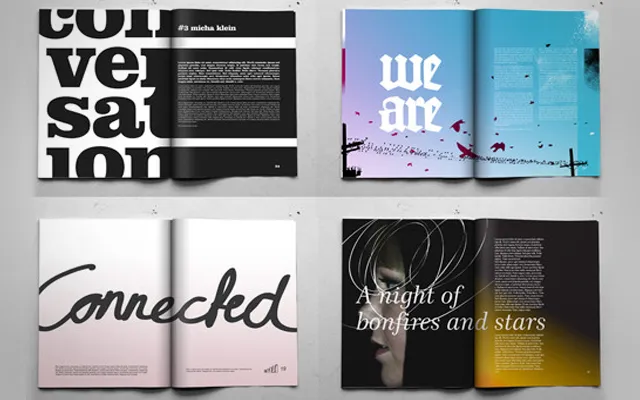
Editorial design is a very fundamental sector of the graphic design industry. The purpose is to showcase knowledge in an attractive, visually interesting, and easily to readable way. A good editorial design is cohesive, clear, and draws readers in.
In previous blog posts, I discussed how editorial design focuses on creating and designing visually appealing layouts. In this post, I’ll look at the history of the editorial design industry and how it has evolved.
Early designs🕵🏻♂️🎨
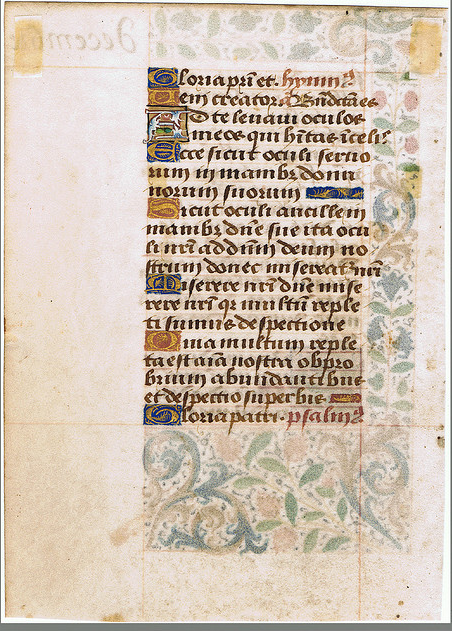

The first encounter with editorial design takes us all the way back to 476 A.D. Layout design first appeared on the pages of manuscripts in the mediaeval period, long before typesetting and printing. A scribe hand-copied an entire book, which was frequently designed in a beautiful layout. When each script was completed, it was embellished with an artist’s ornamental design, a process known as illumination. The composition of these layouts was frequently surprisingly modern, employing a variety of page formats with varying number of columns, artistically composed lettering in harmonious colours, and variations in letter size for emphasis.
The structure of both layouts is very neat and well thought out, especially considering they were done by hand during a time when technology did not even exist. I think it’s quite interesting how the decorations/illustrations are used as a border on the text to draw the reader’s attention. This is still done today, demonstrating the influence and origins of editorial design.
Layout design in the 20th Century👨🏻🎨
Moving on to the twentieth century, book production in Europe increased dramatically. Futurism, Dadaism, and Constructivism were modern art movements that revolutionised European layout and typography. Germany was the epicentre of this revolution, with young layout designers breaking away from the traditional approach.
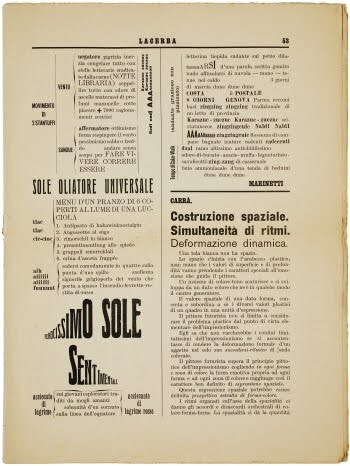
This design is from an issue of the Futurist magazine Lacerba, which was published in 1914 post WW1. The Futurists wrote about modern life, especially its noisy or violent aspects. There is no decorative tendency in the design, so it appears to be straightforward. The designers wanted to convey personal, sometimes physically painful, experiences, so they used typography to create a visual image, which revolutionised grid development.
Many countries used layout design to convey propaganda during World War II.
The design revolution 🎨
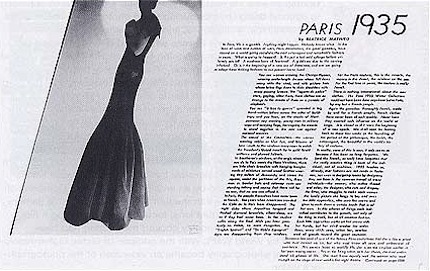
Alexey Brodovitch revolutionised the world of periodical publications in the 1930s by challenging accepted notions about the relationship between text and images in magazine spreads. Some of Brodovitch’s double-page spreads can be classified as classical magazine layouts.
In his many double-page spreads, Brodovitch explored the visual integration of text, image, and negative space, experimenting with compositional juxtaposition of photo, text, and white space. He recognised the aesthetic value of negative space and used it to its full potential, reducing the visual cluttering of pages in layouts with images, texts, and advertisements.
Brodovitch’s techniques are still used today in various mediums of the Editorial design industry.


Here are some magazine layout examples from this decade. Both pages have a great structure that contrasts and flows well. The designers experimented with composition to produce an aesthetically pleasing result that is also readable for the viewer. Typography has been heavily explored, with different weights and sizes used to highlight specific parts of the texts making it stand out. The column structure is very calming, as the spacing between the texts has no effect on legibility.
Overall layout and design have changed dramatically over the years. Many of the principles established during the first encounter of layout and editorial design, during the mediaeval period, are still used today. Due to technological advancement and popularisation, the layout/editorial design industry is gradually shifting toward an online approach and away from traditional printed methods, but the same principles of layout design are still applied.
Chapter Magazins – Chapter 58 ; History of Layout Design and Modern Newspaper & Magazins –http://guity-novin.blogspot.com/2012/04/modern-newspaper-magazine-layouts.html
